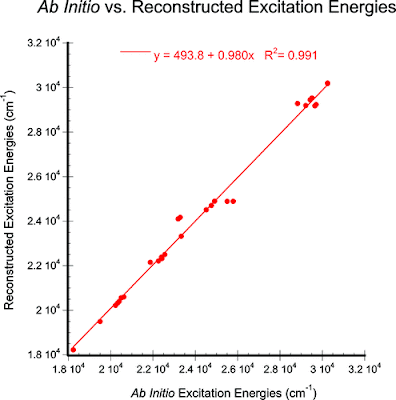How to win a Nobel prize with a mean-field theory
This week in the Quantum Many-Body Theory reading group we look at Chapter 6 of Advanced Solid State Physics by Philip Phillips, concerning local magnetic moments in metals and the Anderson model. Here are my random notes. The essential physics is captured by the Hartree-Fock solution. The Coulomb repulsion (Hubbard U) leads to qualitatively different behaviour: the formation of local moments. This is embodied in the zero-temperature phase diagram. I suspect that when Anderson published this diagram in 1961 this was a new way of looking at a quantum many-body problem. It is all about competition between the three energy scales: U, the hybridisation energy, and the energy separation of the Fermi energy and the localised energy level. Anderson shared the Nobel Prize in 1977 with Mott and Van Vleck. Anderson was cited for this work on local moments and localisation due to disorder. The model and the associated physics has a relevance that goes far beyond the question of local moments i












